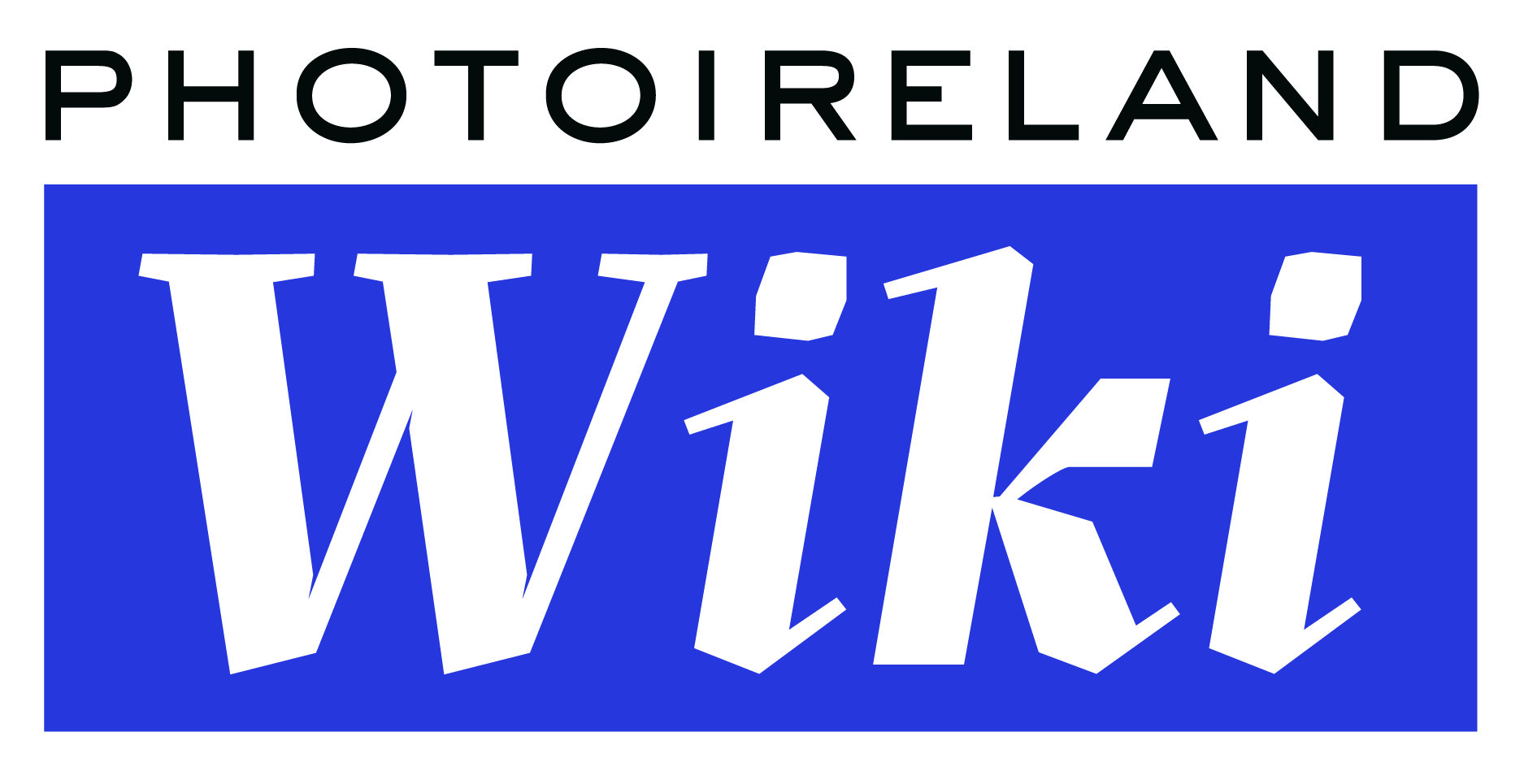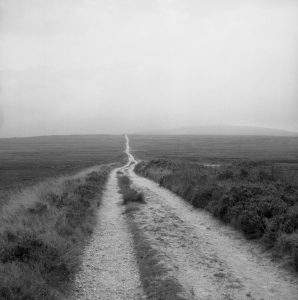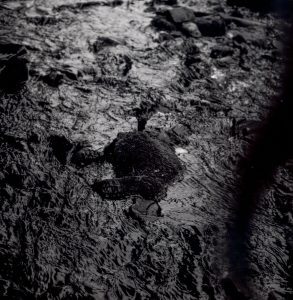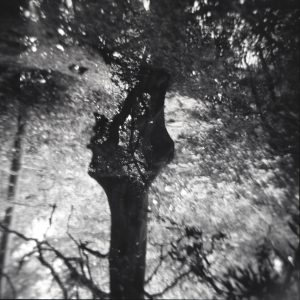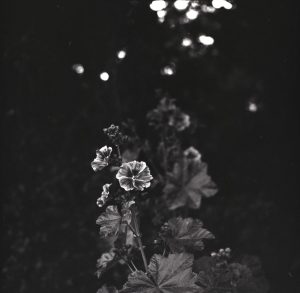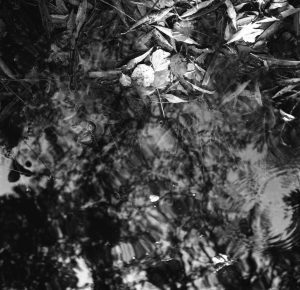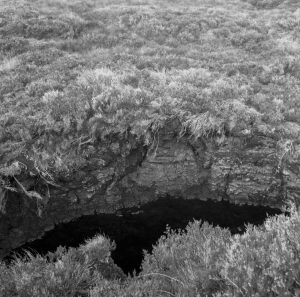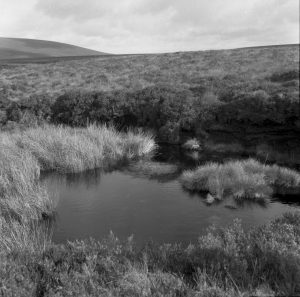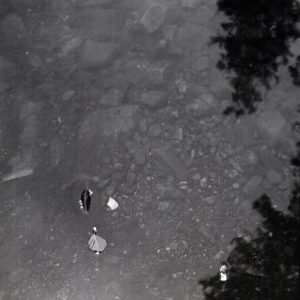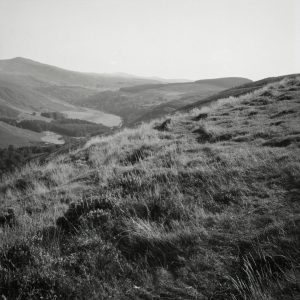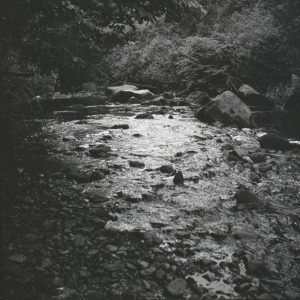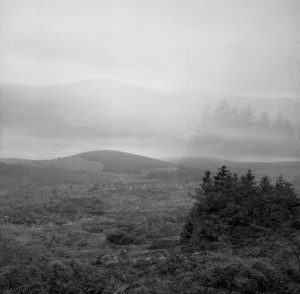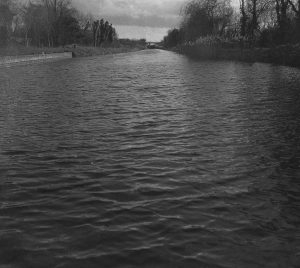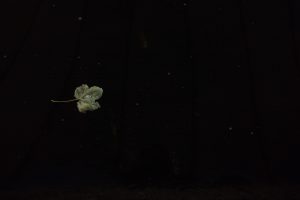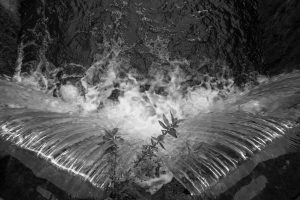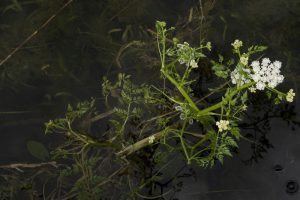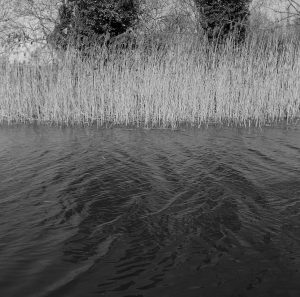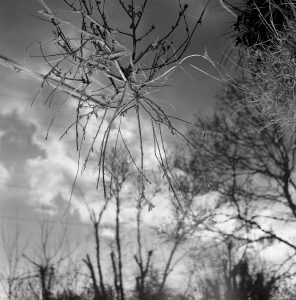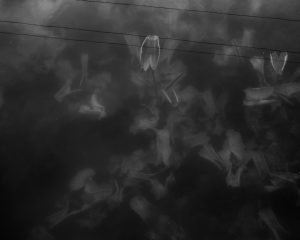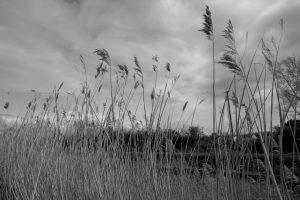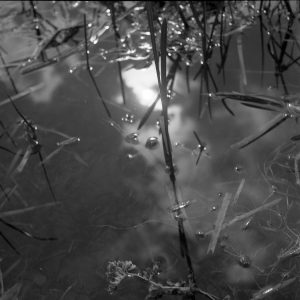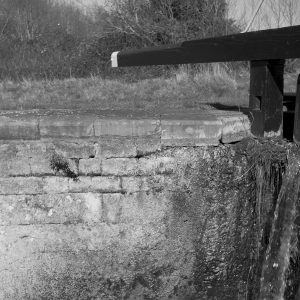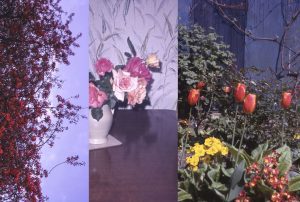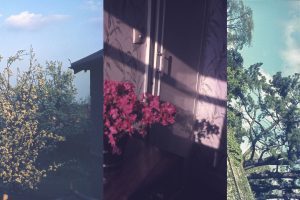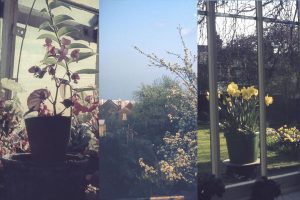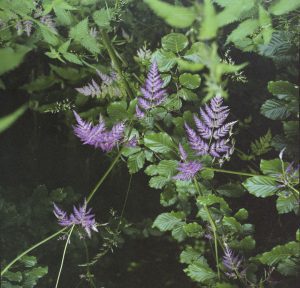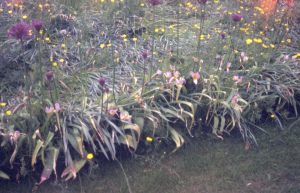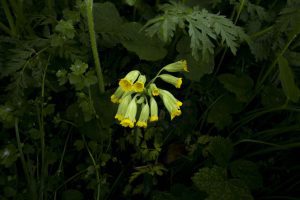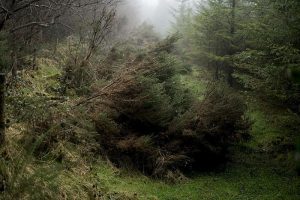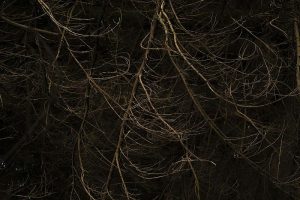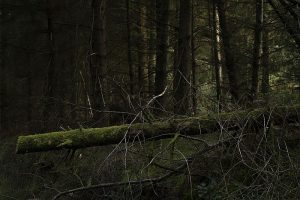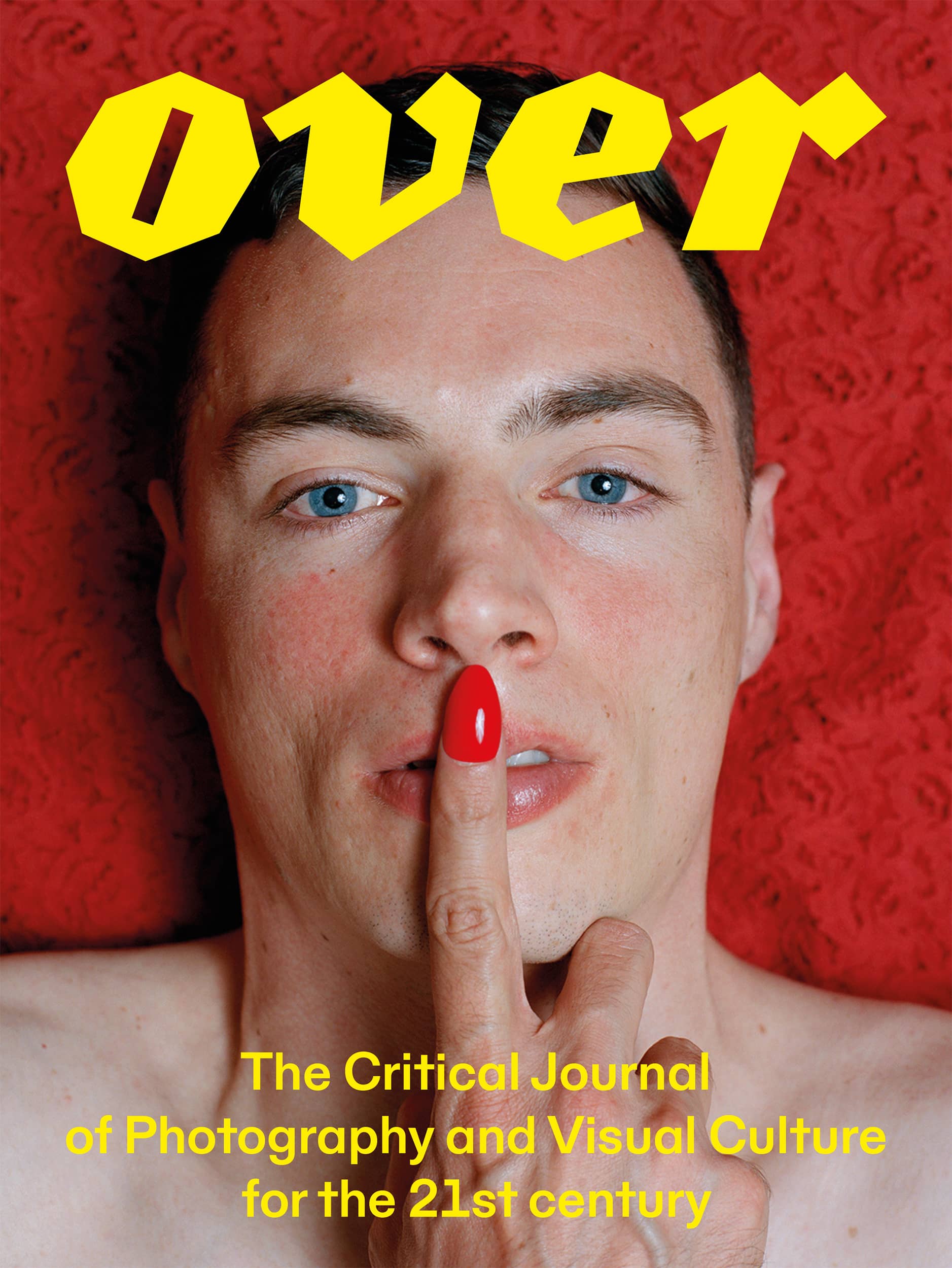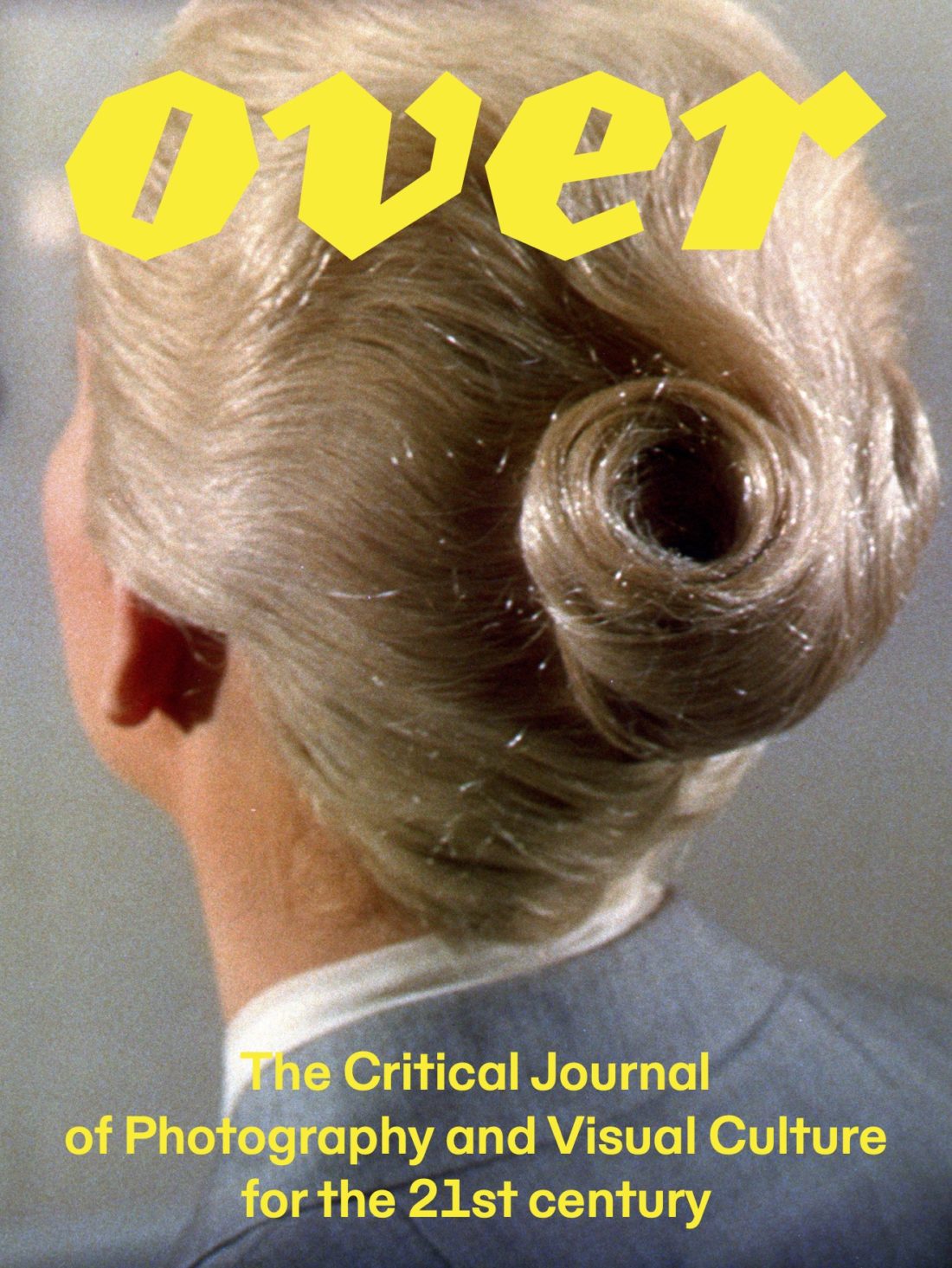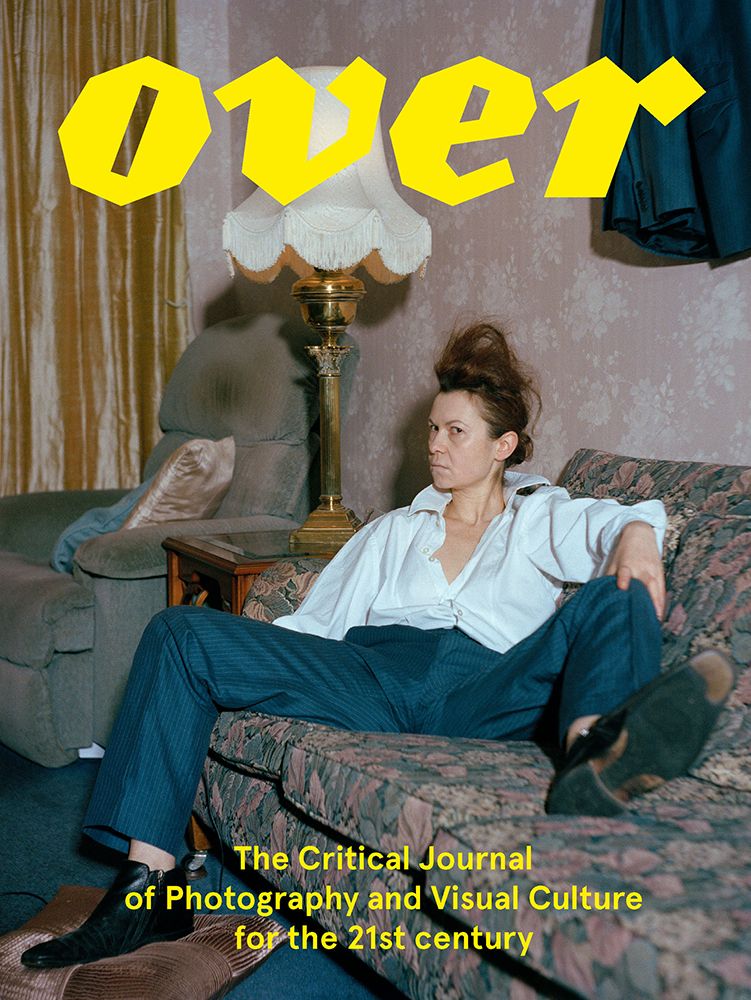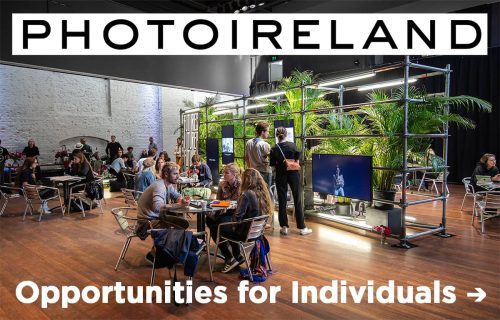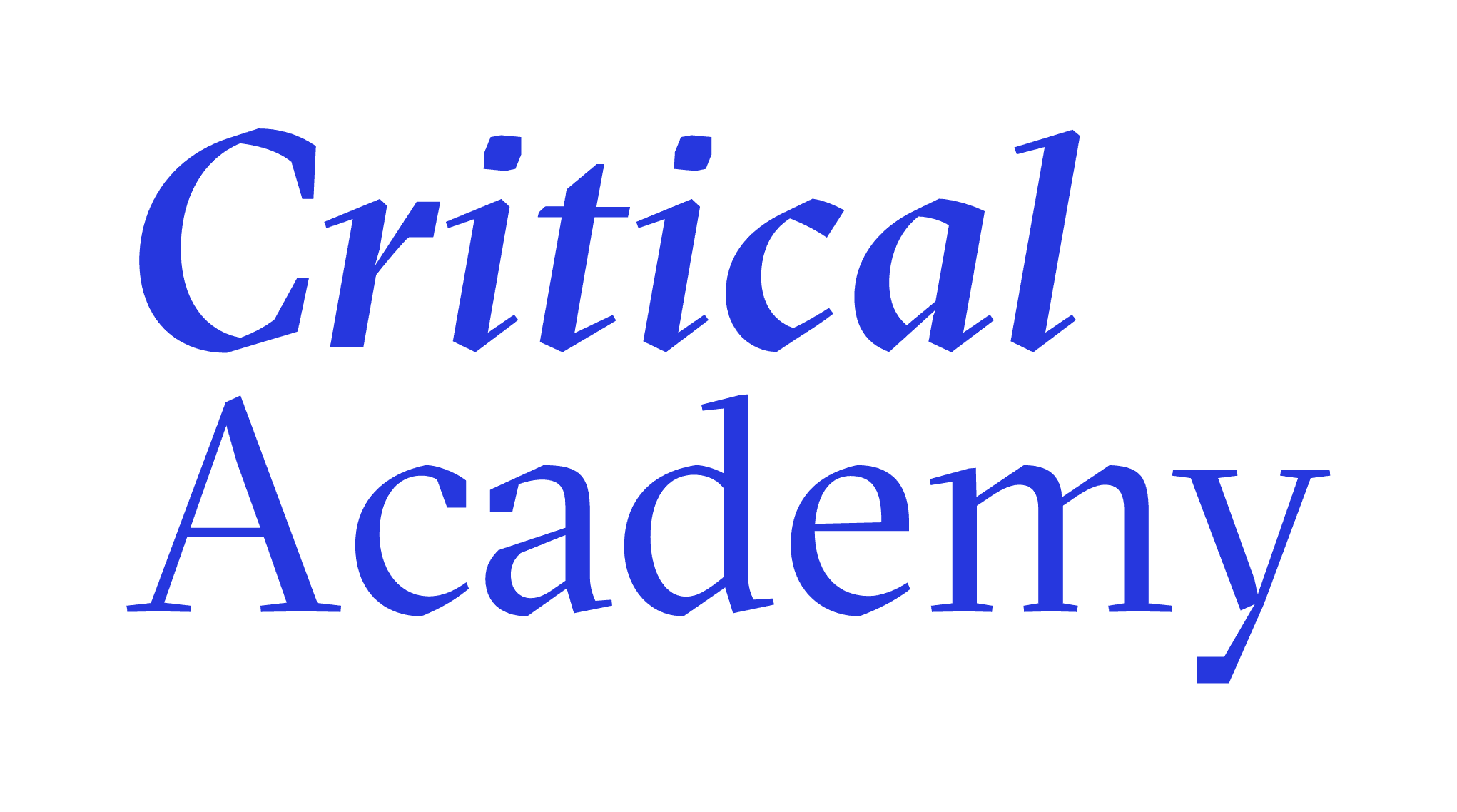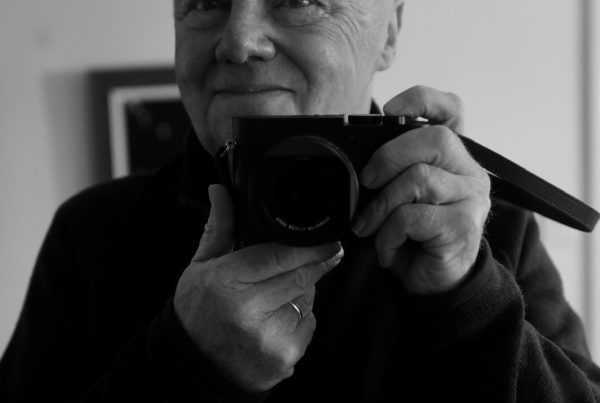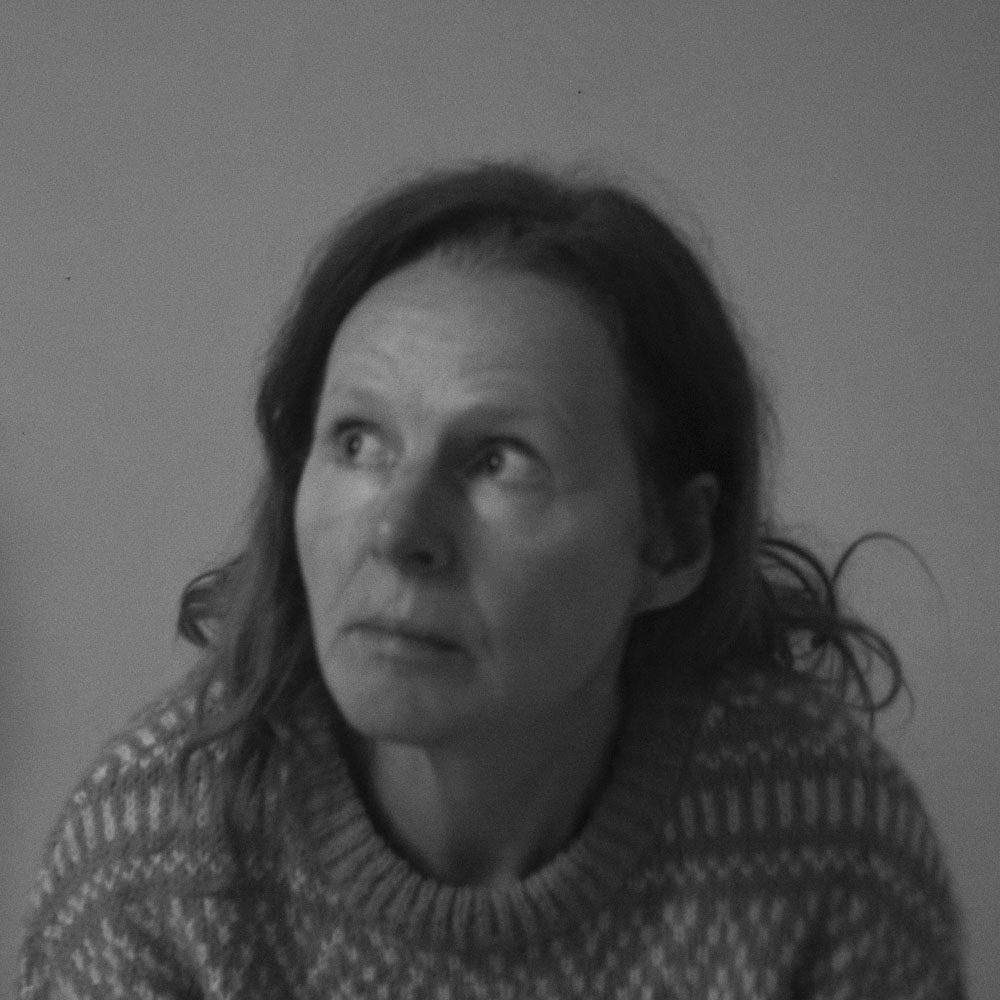
Sinéad Curran is a visual artist based in Dublin. She has had solo exhibitions in Linenhall Arts Centre (2019), The Darkroom (2019), Rua Red (2015), Illuminations Gallery (2013). Curran participated in ‘Tune Into Green’ (2022) Dioramra Room, USA -curated by Stephanie Reid, RHA Annual (2021), District 7 was shortlist for the Berlin Art Film Festival (2022), Tulca: A Headless City (2016). Curran has been awarded residencies at Villa Lena Italy (2023), Cow House Studios (2018), BAIR (2017) Banff Center for Arts & Creativity, Canada, Digital Media Residency (2014/2015) Rua Red, Fire Station Artist Studios (2013). Curran is a recipient of awards from the Arts Council of Ireland (2022, 2021, 2020) and South Dublin Council (2017). Curran is a member of artist group Roots for the Future, working towards an artist climate assembly, in conjunction with the Project Arts Center, Dublin. Curran exhibited at the Art Eco Festival held in the Irish Museum of Modern Art (2022). Curran founded Plantagarden (2022), an eco-social project that fosters our connection with the natural world through tree planting, and art workshops.
Curran makes photographic work both analogue and digital, and temporal sculptural object based interventions. She is in interested in the materiality of film both moving and still, playful experimentation is underlying in her practice through process. Curran’s work examines the complex relationship of humans to place, employing a visual lens in the context of the ways we live today, with walking as her methodology. Critical thinking informs her work through making and varied disciplines that include the writings of Donna Harraway, Nan Sheppard, Timothy Mortain and Robin Wall Kimmerer. Curran is a recent recipient of Villa Lena residency Award Italy (2023). Photobooks The Long Mirror(2022) in collaboration with artist Jane Locke, First Plantation (2019) and There’s Hope On The Horizon (2020), that include images and written text. Curran participated in PhotoIreland Festival 2022, other career highlights Banff Centre for Arts & Creativity artist residency (2017) and Tulca (2016).
Publications
Appears in
Photography books by the artist
- 2022, The Long Mirror, Sinéad Curran, Jane Locke, Dublin: self-published
- 2009, First Plantation, Sinéad Curran, Dublin: self-published
Photography books with contribution by the artist
- 2018, Conceptual │By (author) Antonio Muratore, Silvia Colombo, Rome, Italy, LoosenArt 1
Awards and honours
- 2010, MA in Visual Arts Practice, IADT, Dublin
- 2023, Artist Residency Award, Villa Lena Italy
- 2022, Agility Award, Arts Council of Ireland
- 2021, Agility Award, Arts Council of Ireland
- 2021, Artist Bursary Award, Arts Council of Ireland
- 2020, Professional Development Award, Arts Council of Ireland
- 2019, Artist Residency Award, Darkroom Dublin
- 2018, Cow House Studios Artist Residency, Wexford
- 2017, South Dublin County Council Individual Artist Bursary
- 2017, BAiR Late Spring Intensive Residency, Banff Canada
- 2014-15, Studio Artist Residency Award, RUA RED, Tallaght
- 2013, Digital Media Residency Award, Fire Station Artist Studios Dublin
- 2010, Create Artist in the Community Scheme Award, Arts Council of Ireland
- 2009, Ealaín Na Gaeltachta Artist Bursary Award
Exhibitions
Solo exhibitions
Group exhibitions
- 2022, PhotoIreland Opening the Gates, Printworks, Dublin Castle, Curator by Ángel Luis González & Julia Gelezova City, Country, 7th July – 28th August 2022
- 2022, Tune Into Green, curated by Stephanie Reid, Diorama Rooms, Austin, Texas, US, 1st March, – 31st May https://dioramaroom.com/past-exhibitions/
- 2021, RHA Annual, Dublin, US, 1st March, – 31st May https://dioramaroom.com/past-exhibitions/
- 2016, Tulca, Headless City, curated by Daniel Jewesbury, Galway Arts Centre, Ireland, 5-20 November 2016. https://www.tulca.ie/tulca-2016-the-headless-city
Projects
This is a walking project, a guide, an artistic map, and a journey on a Canal. It is filled with a not so accurate or sensible, or even factual information, but a walk to the unknown for those who wish to allow us to navigate them to the past, as well as the current terrain of any Canal, exploring the ecological and human impact of place through time.
Redlist (2021-ongoing)
Redlist is an official list of endangered, scarce wildflowers-vascular plants in Ireland –created by the International Union for the Conservation of Nature and Natural Resources (IUCN) developed for dealing with the presentation of information on rare and threatened species. The work lists 800 wildflowers of Ireland – highlighting those that are critically endangered or soon to be extinct due to climate change. The images taken outside on walks isolates one wildflower, ongoing documentation of wildflowers in collaboration with the Botanist Society of Britain and Ireland and Dublin Naturalist Field club. Also sourced slides of flower images on Ebay from the late 60s-early 70s prior to my birth – scanned and printed – interested on the ecology of mind – epistemology outlined by Gregory Batesman, while inspired by Robin Wall Kimmerer’s, Braiding Sweetgrass.
Abhainn (2022)
‘Abhainn’ the Irish word for river – Mapping the river Dodder as it rises at the peak of the Mountain – this project explores the differing scales of the impact that humanity’s presence has on the earth in the past, present and into the future. Text accompanies the work created from meditative observations taken while walking, writings, and audio recordings.
First Plantation (2019)
First Plantation is a body of work comprises of photography, video and installation that examines the lifecycle of a forest plantation to maturation, an ontological idealism, and the way people observe and relate to the forest landscape. It brings to light a series of landscape images taken in the early 1990s by the artist’s father, over a six year period. The landscape was revisited for this project 35 years later, with construction taking place, and coniferous tree felling, both metaphors for a childhood narrative from one of displacement: now a space of uncertainty and disillusionment.
The Picea sitchensis or sitka spruce, a conifer introduced from Canada to Irish forestry in 1907 by Augustine Henry, primarily for its commercial benefit. Henry has been a major contributor to modern Irish forestry. Since the early 1900s and even the early 1990s the rate of climate change has accelerated, the non-native Sitka is examines in this work, addressing a human relationship with landscape over many decades.
